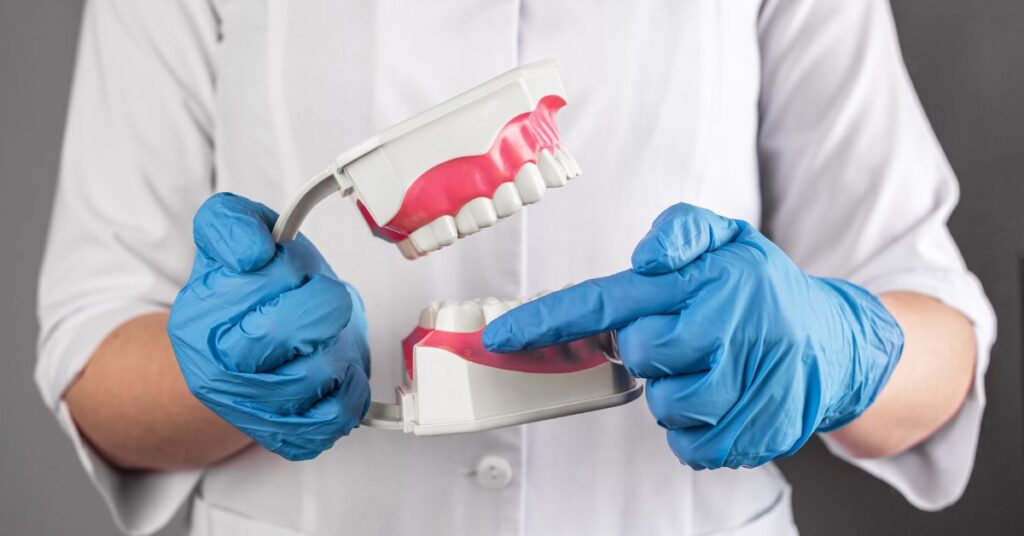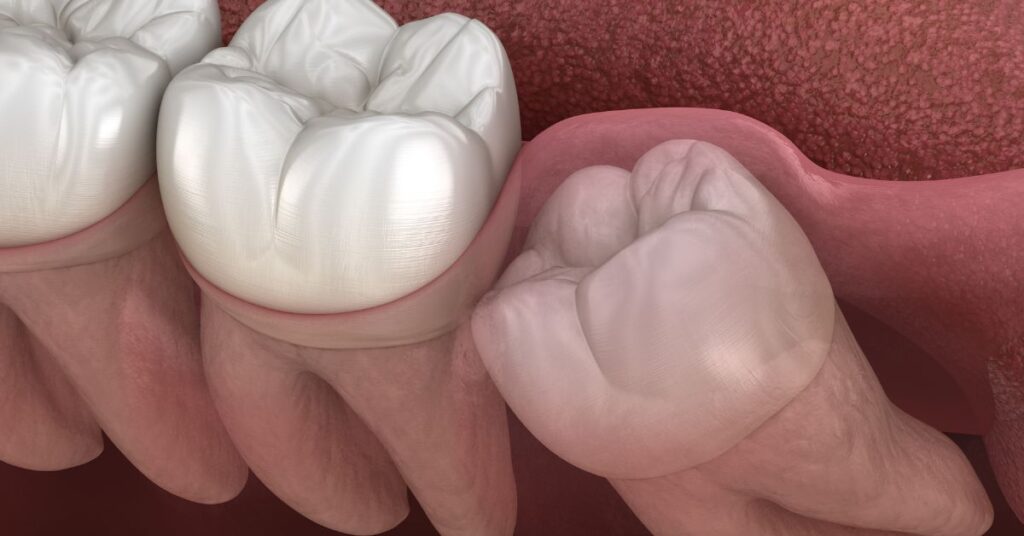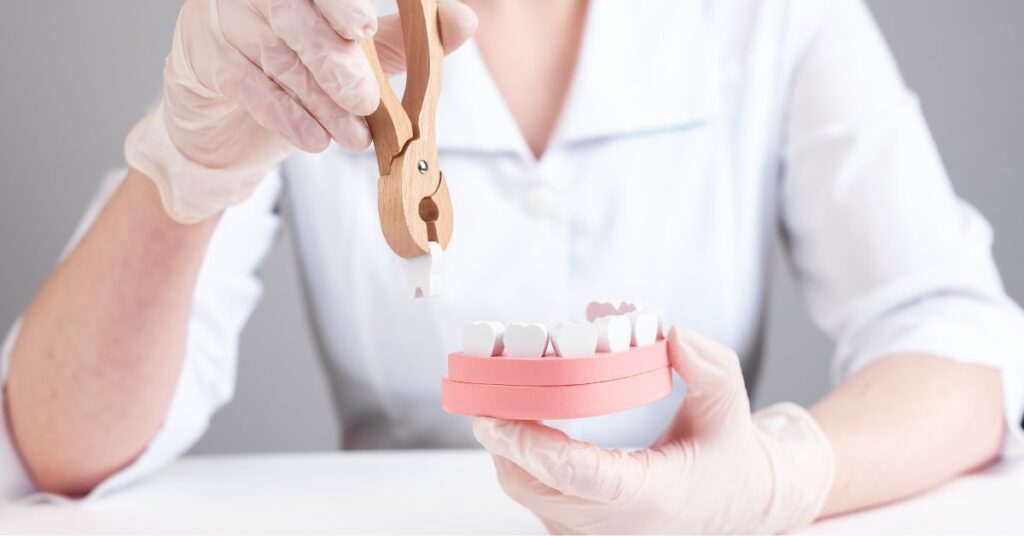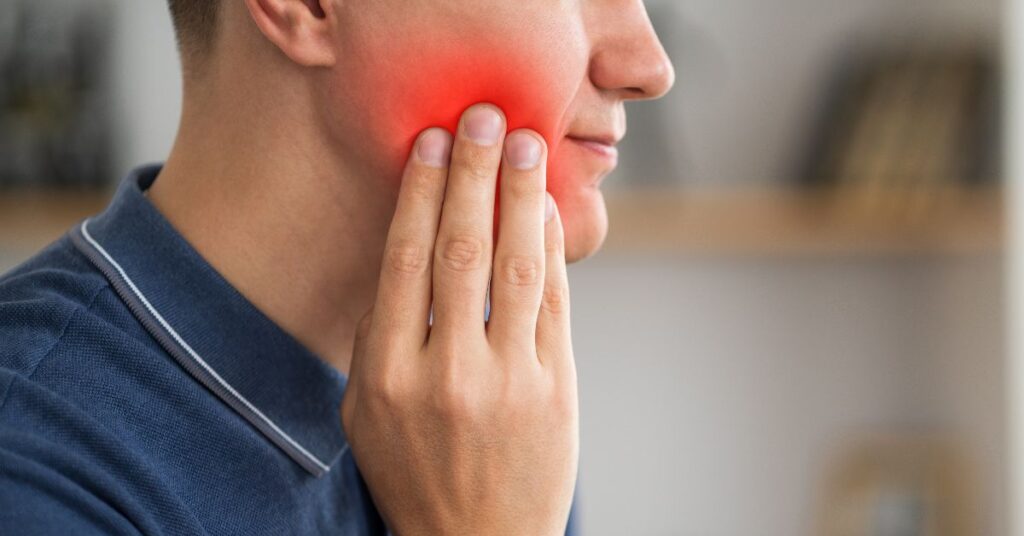
Introduction
Wisdom teeth, also known as third molars, are the rearmost teeth in your mouth, typically emerging during late adolescence or early adulthood. For many, they are a source of curiosity and concern. We’ll delve into the world of wisdom teeth, exploring what they are, their common characteristics, and the reasons why understanding them is essential. Let’s embark on this journey to navigate the complex realm of wisdom teeth.
The Anatomy of Wisdom Teeth

Types of Wisdom Teeth
Not all wisdom teeth are created equal. While most people develop four of these molars, there can be variations in their number and formation.
Modern Implications of Wisdom Teeth
While wisdom teeth were once vital for our ancestors, their role in the modern world is different. With changes in our diet, jaw size, and dental care practices, the significance of these molars has evolved. Today, wisdom teeth often bring more challenges than benefits, raising questions about their necessity in contemporary dentistry.
The Truth About Wisdom Teeth Pain

Misalignment and Impaction
One of the primary reasons for wisdom teeth pain is misalignment and impaction. These molars often struggle to find adequate space in the jaw, leading to various degrees of impaction.
Crowding
It often arrives when the jaw is already filled with other permanent teeth. Their appearance can lead to crowding, where existing teeth are pushed or rotated out of alignment. This can cause pain as teeth are forced into positions they aren’t naturally meant to occupy.
Difficulty in Cleaning
The location of wisdom teeth at the back of the mouth makes them challenging to clean properly. As a result, they are more susceptible to decay and gum disease, which can cause pain and other oral health issues.
Jaw Pain
The pressure from emerging or impacted teeth can lead to jaw pain, which can radiate throughout the face and head. This pain can vary from mild discomfort to severe, debilitating pain.
Bite Irregularities
The appearance of wisdom teeth can disrupt your bite, causing an uneven distribution of force when you chew. This can lead to pain in the jaw joints, known as temporomandibular joints, or TMJ.
Understanding the Pain Management Options
Over-the-Counter Pain Relievers
For mild to moderate pain, over-the-counter pain relievers like ibuprofen can provide relief. They help reduce inflammation and alleviate discomfort.
Prescription Medications
In cases of severe pain or post-surgical discomfort following wisdom teeth removal, your dentist or oral surgeon may prescribe stronger pain medications.
Home Remedies
Home remedies like warm salt water rinses and cold compresses can help reduce inflammation and ease pain.
Wisdom Teeth Removal
For persistent or severe pain associated with wisdom teeth, removal may be recommended. This surgical procedure eliminates the source of discomfort and prevents future issues.
The Timing of Wisdom Teeth Emergence

Late Adolescence to Early Adulthood
This is also known as third molars, which typically emerge during the late teens to early twenties. These years mark the age when individuals gain wisdom teeth, although the timing can vary from person to person.
Early Emergence
In some cases, teeth may emerge as early as the late teens, while other people may not see them until their mid-twenties. Early emergence might not be problematic if the molars align correctly with the existing teeth and do not lead to discomfort or complications.
Delayed Emergence
On the other hand, teeth can take longer to appear. Delayed emergence might not cause concern as long as there are no symptoms of impaction, pain, or crowding.
Unusual Number of Wisdom Teeth
While most individuals have four wisdom teeth, some may develop fewer, known as hypodontia, or extra molars, a condition called hypodontia.
Discomfort or Pain
One of the most common signs of wisdom teeth emergence is discomfort or pain in the back of the mouth. This pain can be intermittent and may worsen during the eruption process.
Swelling and Redness
As the wisdom teeth push through the gums, you might notice localized swelling and redness. This is a common sign that the molars are on their way.
Difficulty in Opening the Mouth
In some cases, it causes limited mouth opening due to the pressure they exert during their emergence.
The Importance of Early Detection
Early detection of wisdom teeth emergence is essential for timely intervention and management. Regular dental check-ups and X-rays can help identify the position and alignment of these molars before complications arise. Addressing any issues promptly can prevent pain, infection, and other oral health problems.
Wisdom Teeth Complications

Misaligned Growth
Impaction occurs when teeth don’t emerge properly due to misalignment. These molars can grow at various angles, including horizontally, vertically, or even diagonally.
Signs of Impaction
Signs of impacted teeth may include pain or discomfort in the back of the mouth, swelling, redness, and even bad breath due to bacterial buildup around the partially emerged teeth.
Potential Complications
If left untreated, impacted teeth can lead to more severe problems, such as gum disease, dental cysts, and the resorption of neighboring teeth.
Development of Cysts
Cysts can form around impacted wisdom teeth. These fluid-filled sacs can damage the jawbone and surrounding teeth if left unattended. Cysts may also be asymptomatic, making regular dental check-ups essential.
Crowding and Displacement
Crowding Issues
it can cause crowding when they push against the existing teeth, disrupting their alignment. This can lead to a need for orthodontic treatment to correct the misalignment.
Wisdom Teeth Removal: The Reality

Crowding
One common reason for teeth removal is dental crowding. These late-blooming molars often disrupt the alignment of existing teeth, causing them to shift or become misaligned.
Impaction
Impacted teeth, which don’t emerge properly, can lead to pain, infections, cysts, or other complications, making removal necessary.
Tooth Decay and Gum Disease
teeth are located at the back of the mouth, making them challenging to clean properly. This can lead to tooth decay and an increased risk of gum disease, which may necessitate removal.
Dental Examination
Before the procedure, your dentist will conduct a thorough examination, often including X-rays, to determine the position and condition of your teeth.
Anesthesia
Most wisdom teeth extractions are performed under local anesthesia to numb the area. However, some cases may require general anesthesia, especially if all four wisdom teeth are removed at once.
What to Expect During the Procedure
Incision and Tooth Division
The dentist will make an incision in the gum tissue, expose the tooth, and may divide it into smaller sections for easier removal.
Extraction
Using specialized tools, the dentist carefully extracts. Patients usually feel pressure but not pain during this phase due to the anesthesia.
Recovery and Aftercare
Postoperative Care
After the procedure, you will receive postoperative care instructions, including advice on managing swelling, bleeding, and discomfort.
Diet and Oral Hygiene
You may need to follow a soft diet for a few days and practice gentle oral hygiene to prevent infection and promote healing.
Follow-Up Appointments
It’s essential to attend any follow-up appointments with your dentist to ensure proper healing and address any concerns.
Conclusion
Wisdom teeth, or third molars, have a complex history and role in human oral health. While they may have been beneficial for our ancestors with different diets, the modern world presents challenges. These teeth often lack the necessary space in our jaws and can lead to various dental complications.
Thank you for joining us on this exploration of wisdom teeth. We wish you the best of dental health on your unique journey. For personalized care and expert advice on managing wisdom teeth, visit Sri Sanjeevini Dental and take the next step towards optimal oral health.
